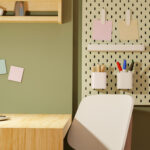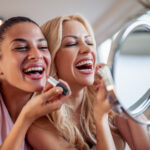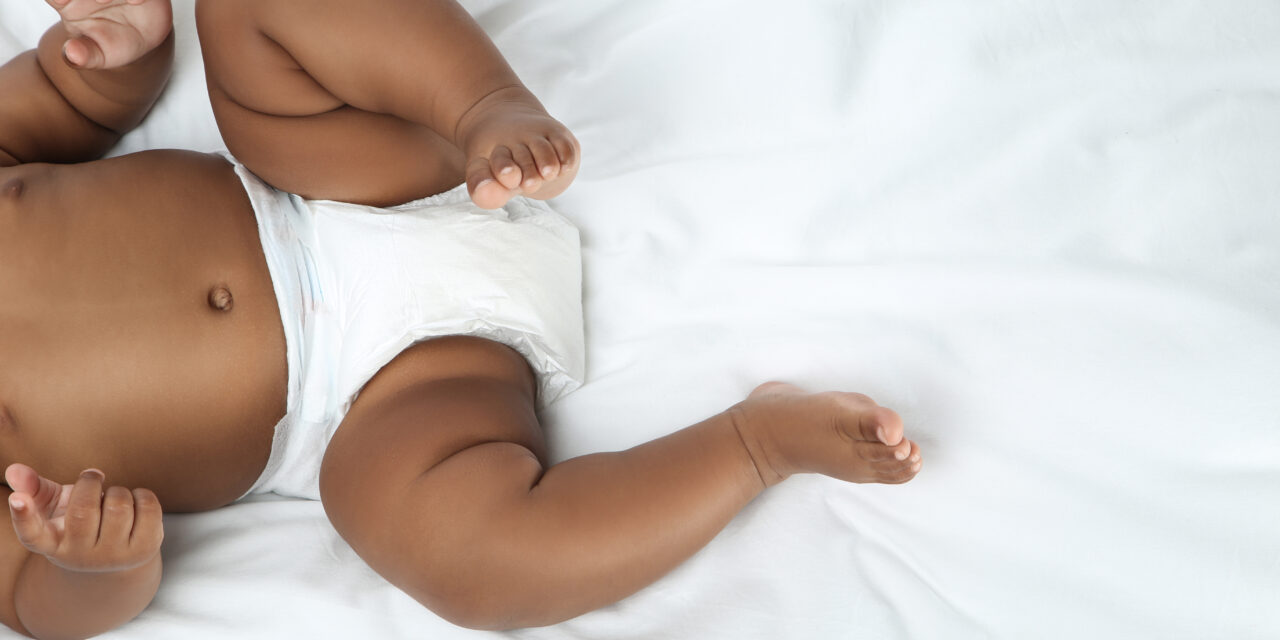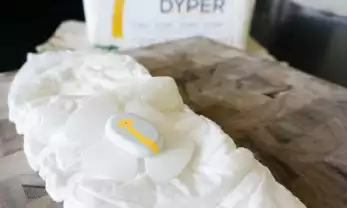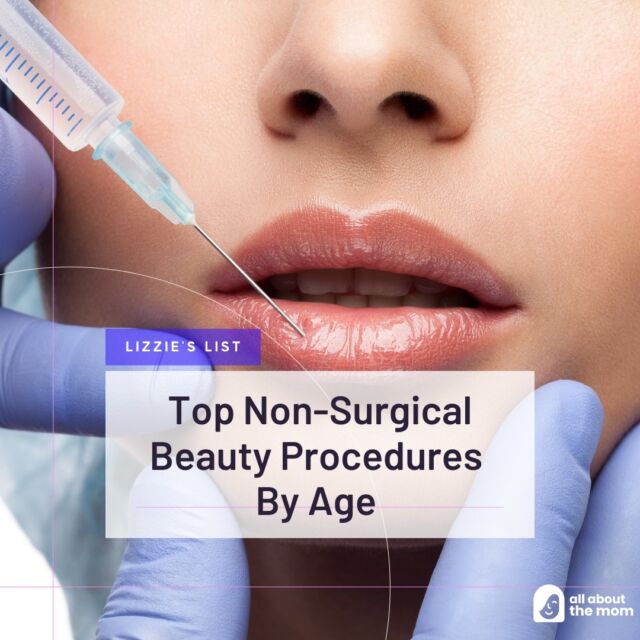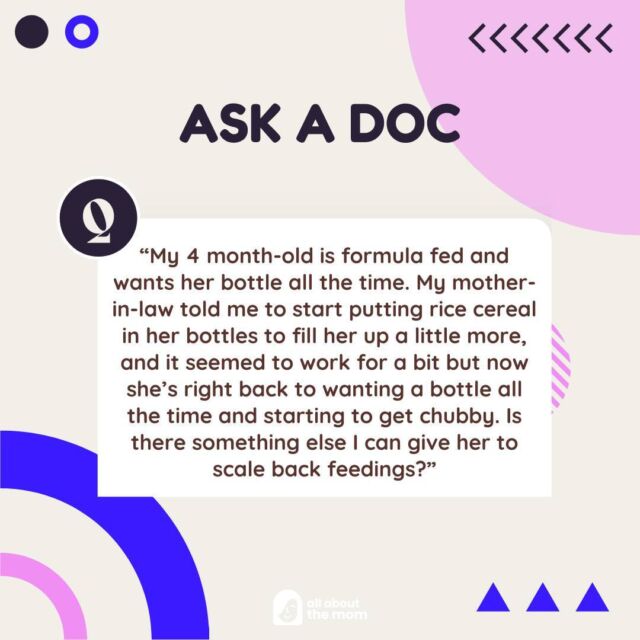There are few things as lovely as smooth, soft newborn baby skin. That is, until your baby has a diaper rash.
Babies typically get diaper rashes from being wet. It’s already a moist, dark environment inside the diaper. Then, consider that additional moisture comes from urine, which when mixed with stools breaks down to form ammonia. It’s easy to see how rashes can develop. And many babies have sensitive skin, so even hyper-diligent diaper changers may see rashes pop up now and then.
Not all rashes are created equal, either.
Some rashes may be caused by chafing, especially if the baby is sensitive to the chemicals in the diapers, wipes, laundry detergent, or soaps and lotions being used. Other rashes may be caused by new foods in the diet. And some may be infections – bacterial or yeast – since again, the environment is perfect for the growth of either of these.
So what’s a parent to do?
Of course, you’ll want to change diapers frequently, and always change diapers dirty with BMs right away. Consider using chemical-free wipes or making your own. Most of my cloth diapering clients use small squares of soft, washable fabric for the wipe and keep a squeeze bottle with water and a few drops of tea tree oil mixed in on hand to moisten them. Cotton balls will work, too.
Always pat, don’t scrub, a rashy bottom. And be careful not to over-tighten the diaper or have the baby in a diaper that’s too small.
Also, consider changing brands of diapers or switching to cloth.
My anecdotal evidence has shown much less diaper rash in babies who wear cloth. Maybe it’s because they are changed more frequently, or maybe because there are fewer chemicals. Either way, it’s worth considering.
Remarkably Soft + Performance Obsessed
Plant-Based Diapers
Free delivery
Lifetime returns & exchanges
Ointments may be necessary to help heal a rash, and if the baby is getting rashes often, you might want to use ointments preventatively as a moisture barrier.
Zinc oxide and petroleum jelly are the most common ingredients in diaper rash ointments because they are water insoluble, creating a moisture barrier. Parents can readily find all-natural products, too, with ingredients like EVOO, yarrow, calendula, and myrrh. If you suspect a yeast rash, consider using pure coconut oil, which has antifungal properties, though you may need a stronger anti-fungal first if the rash is persistent. Don’t hesitate to see your pediatrician if a rash persists.
Good hygiene goes a long way.
Let baby soak in warm water at bath time, and make sure to get into the folds of the skin when washing. Use gentle soaps and soft cloths to clean the area.
One of my favorite things to recommend for all babies (rash or no rash) is air-out time without a diaper, either after a bath or otherwise. Let those little bottoms see the light of day. Spread out a blanket or towel and allow the baby to play naked for a spell. A little sunshine on the bum wouldn’t hurt either. You can do that on a back porch, near a sunny window or on a blanket in the grass. The fresh air and sunshine help regulate circadian rhythms, too, so you’ll get bonus benefits!








